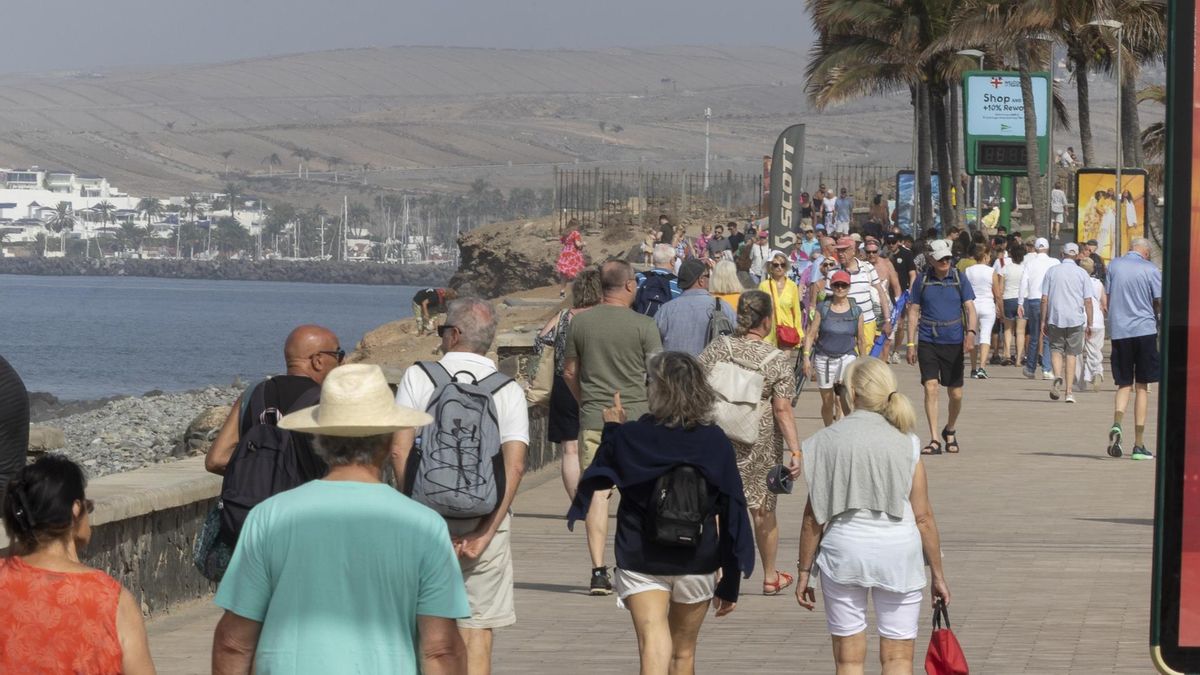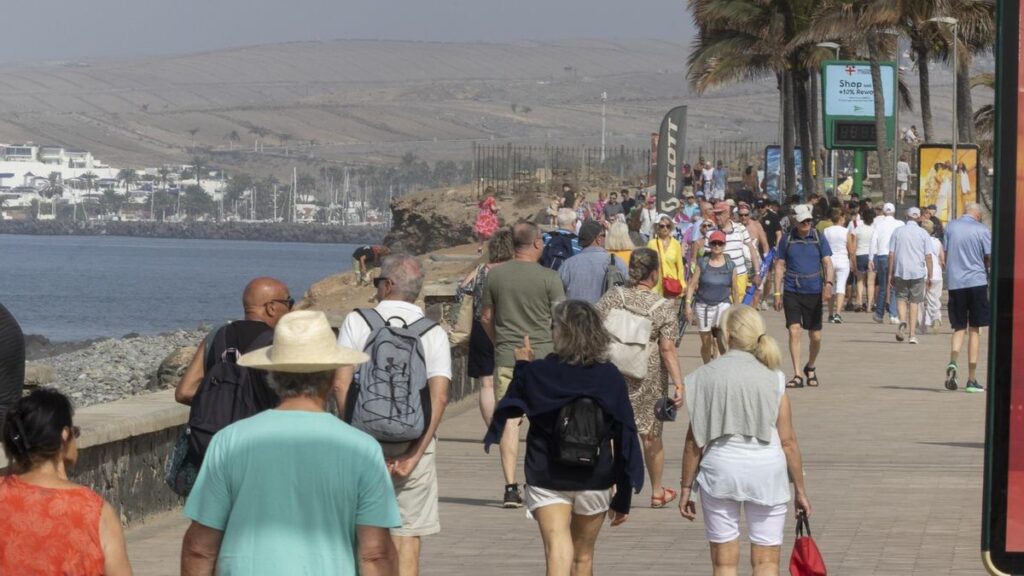Canary Islands Break Tourism Records Again
Jessica de León, the Canary Islands’ Minister of Tourism and Employment, made headlines in January 2024 when she declared the archipelago had reached its “tourism ceiling” after welcoming a record 17.7 million visitors that year. The announcement came during Madrid’s FITUR travel fair, revealing a staggering 82% average occupancy rate across hotels and alternative accommodations—effectively near full capacity. Yet, halfway through 2025, official macroeconomic data suggests the islands are on track to shatter that supposed limit once again.
International Arrivals Drive Growth
Projections indicate a 4% increase in foreign tourists this year, potentially pushing total international arrivals to 15.8 million—surpassing 2024’s “ceiling” of 15.2 million. The first six months of 2025 already saw 300,000 more foreign visitors than the same period last year, with summer trends suggesting a year-end boost of 500,000–600,000. While domestic tourism dipped slightly (down 2.1% January–May), international travelers now represent 86% of the islands’ tourism market.
Economic Impact Soars
The tourism surge fuels remarkable economic gains:
- Tourist spending hit €11.865 billion January–June 2025, up 5% year-on-year and accounting for 20% of Spain’s total tourism revenue
- Hotel revenues rose 7.9% to over €2.8 billion, driven by higher daily visitor spending and 80% hotel occupancy rates
- Air capacity expanded 8.8% for summer 2025, following similar growth in the 2024–25 peak season
Sustainability Concerns Loom
Despite the economic benefits, the unprecedented influx—three record-breaking years consecutively (16.2M in 2023, 17.7M in 2024, projected 17.7M+ in 2025)—has intensified local protests over environmental strain and housing shortages. Average stays remain stable at 8.4 days, but policymakers face mounting pressure to balance growth with livability as the islands’ tourism-dependent economy (37% of regional GDP) tests its limits.


